This Organization Is Saving America’s Black Churches
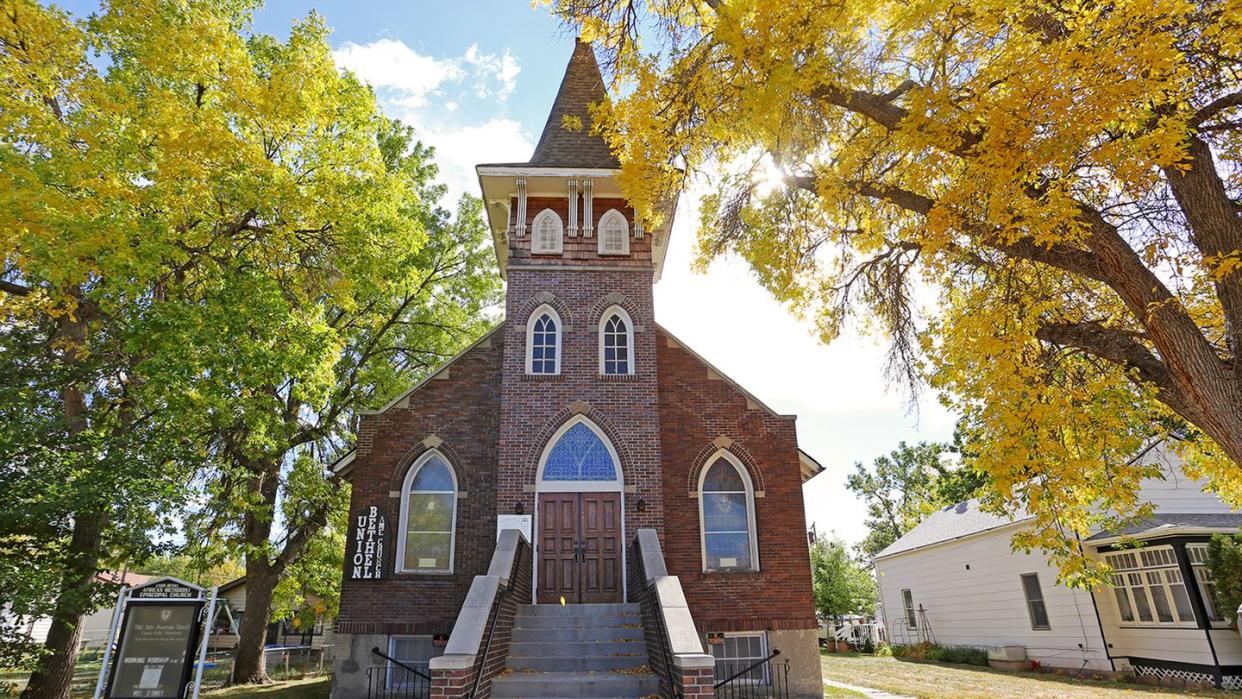
For an estimated 100,000 African Americans, St. Paul African Methodist Episcopal Church in Lexington, Kentucky, was the last stop on the journey to freedom. Between 1810 and 1850, the inviting redbrick building was part of the Underground Railroad and is used today by a group of Methodist worshippers. Though the building is one of American history’s hidden treasures, its upper level is nearly in ruin, with time-worn damages that will require over half a million dollars to reverse. Thanks to a grant from the National Trust’s African American Cultural Heritage Action Fund, however, the church will remain a beacon for its congregation and for Black history.
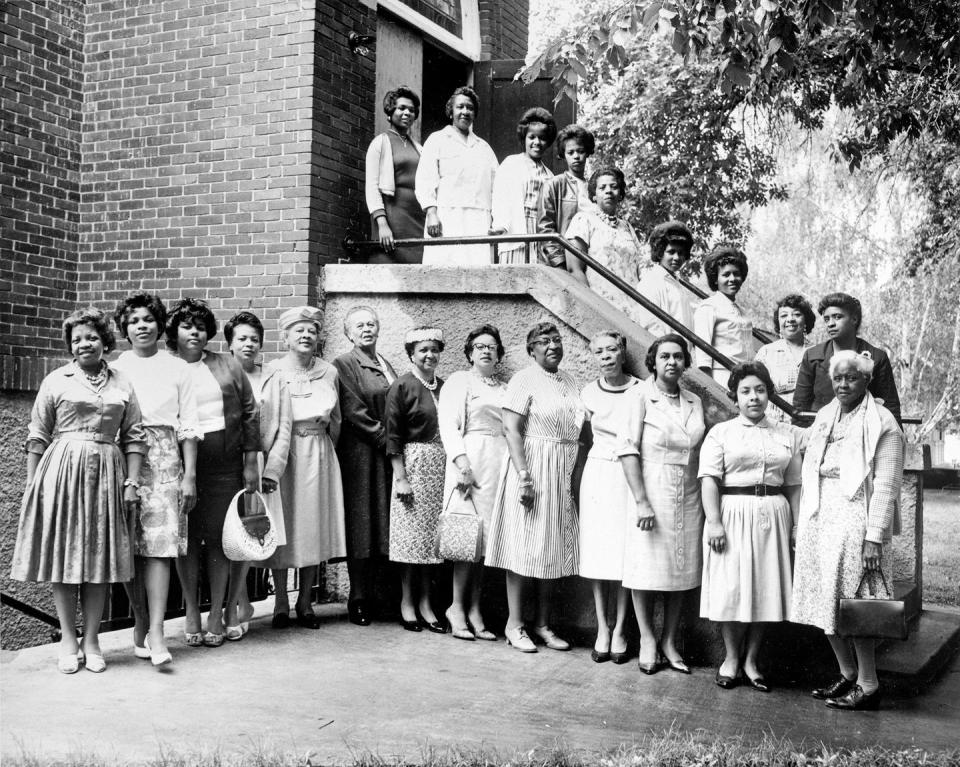
The Big Bethel Methodist Episcopal Church is one of 31 churches in the United States that have been selected in 2024 for a $4 million preservation grant from the African American Cultural Heritage Action Fund (a program of the National Trust for Historic Preservation). It’s the second round of grants made possible by the Preserving Black Churches program that is dedicated to equipping historic Black churches and their congregations with the resources and technical preservation expertise needed to protect the historic assets and legacies they steward.
Taveau Church in Cordesville, South Carolina
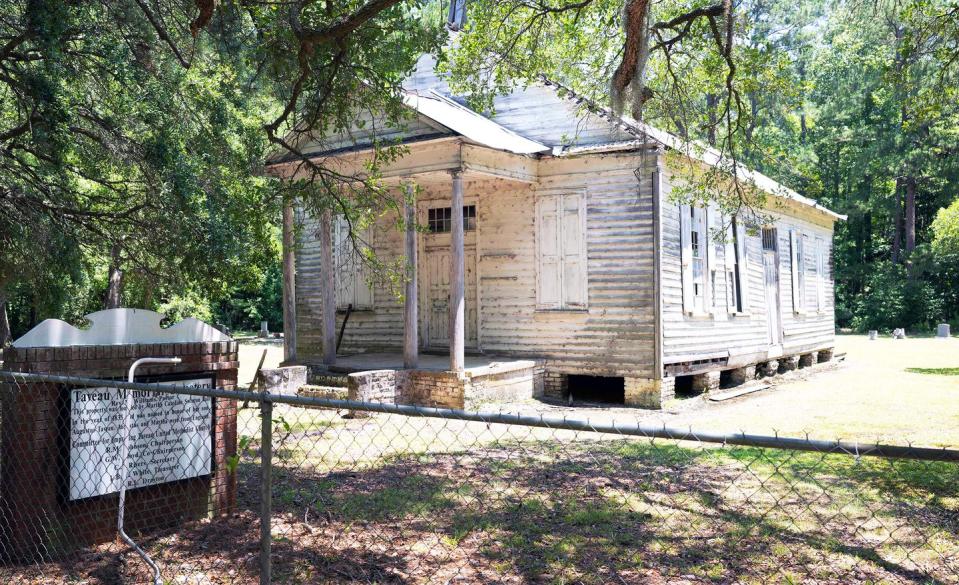
Taveau Church is a rare surviving rural, wood-frame antebellum structure, constructed in 1835. It’s a small clapboard Classical Revival structure on a low brick foundation, marked by an unostentatious cornice and a modest Doric-columned portico. Before its closure in 1974, the church was a refuge to its congregants through the Reconstruction, Jim Crow, and civil rights eras.
Funding will help restore the building’s structural integrity and assist in long-term sustainability efforts that require engagement of the community.
Shiloh Baptist Church in Cleveland
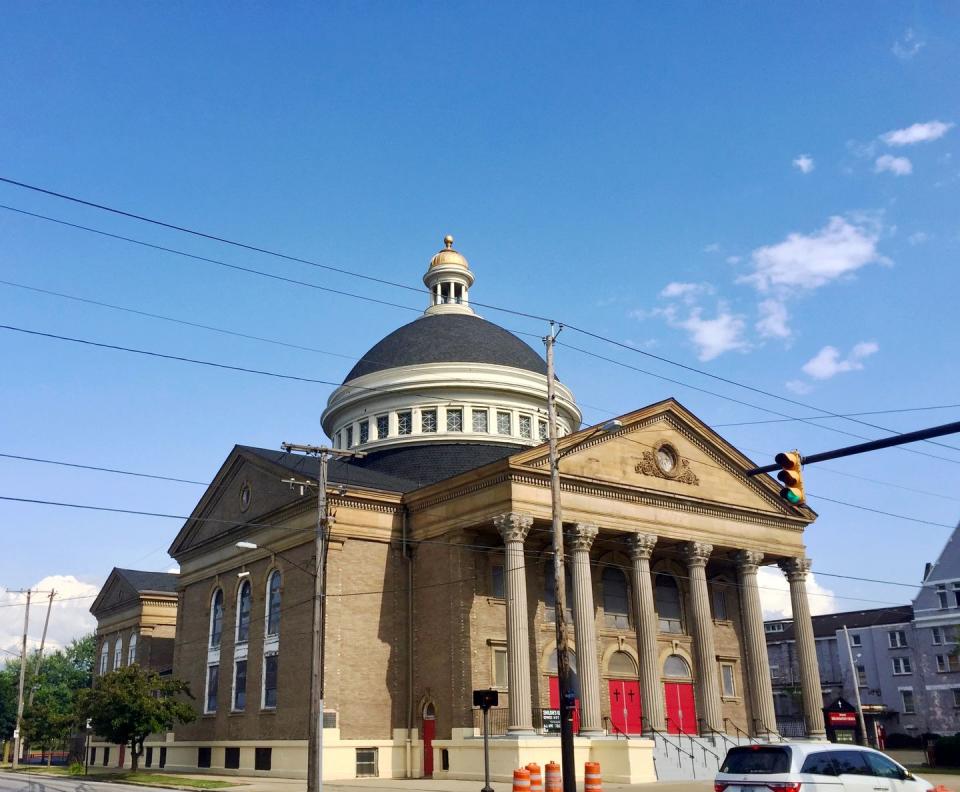
Shiloh Baptist Church is a historic church that was originally used as a synagogue, known as Temple B’nai Jeshurun. The church is Cleveland’s oldest Black Baptist church, built in 1906 and added to the National Register of Historic Places in 1982.
Funding will support the repair and restoration of the historic church’s stained-glass dome ceiling to eliminate deflecting glass, maintain architectural integrity, and ensure the safety of congregants.
Yardley’s AME Church in Yardley, Pennsylvania
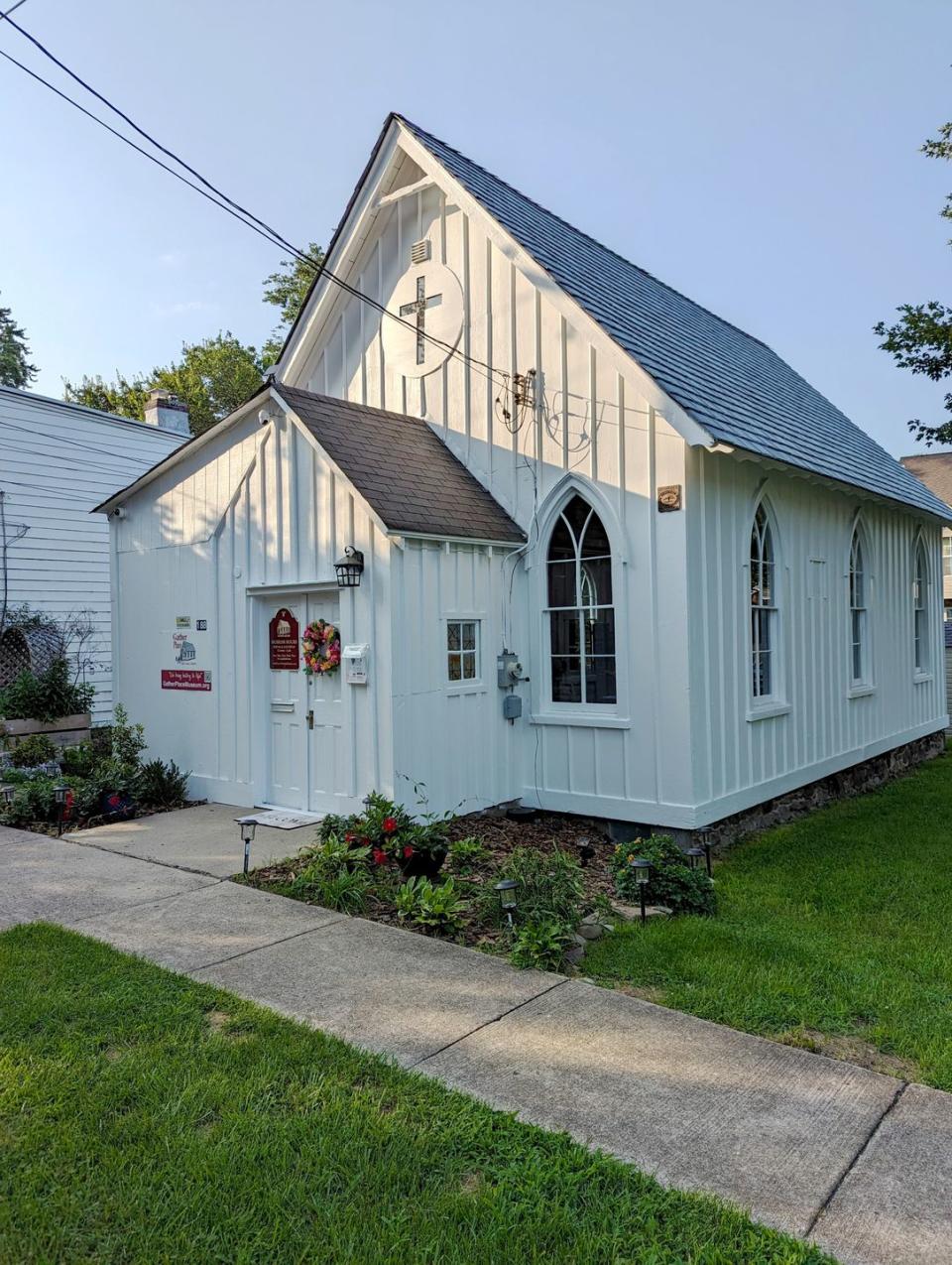
Built in 1817 as a hay barn that also hosted religious services, the structure was refurbished and became an AME church in 1877. However, since the early 1980s, the church was vacant for about 20 years—until locals rallied together to restore the structure.
Funding will help restore the church and turn it into a museum that will host historic talks and other types of events.
Union Bethel AME Church in Great Falls, Montana
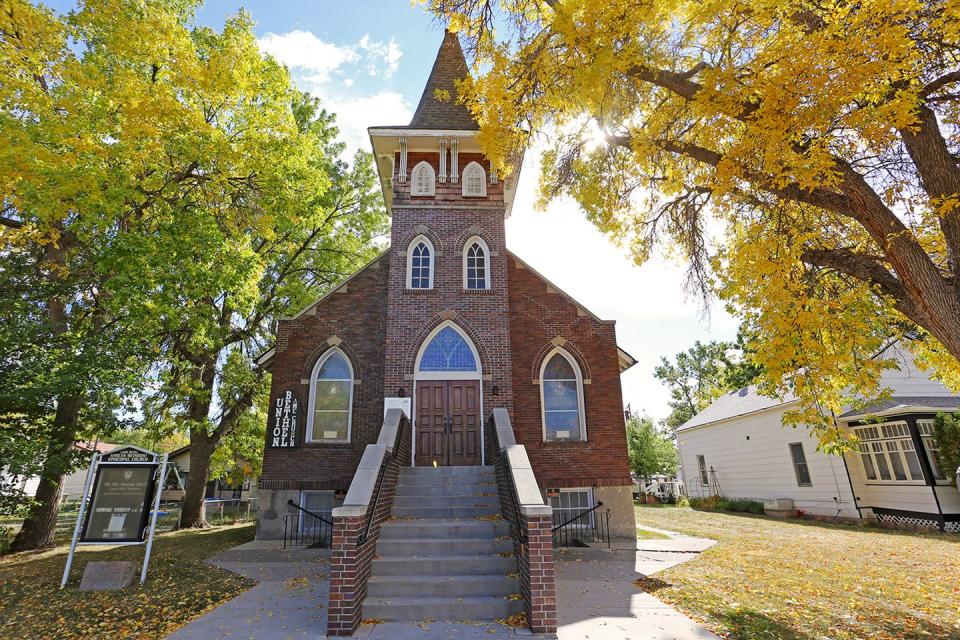
The Union Bethel AME Church in Montana is one of the state’s oldest active churches. While the church building was built in 1917, its congregation began holding regular services as far back as 1890. It has since become the center of the African American community in Central Montana, a flourishing multicultural mix of Air Force personnel (the assignment of Black airmen to nearby Malmstrom Air Force Base in the 1950s brought new African American residents to Great Falls), long-term members, and their families.
Grant funding will support the repair of all existing mortar joints in the brick facade of the church and address significant weather-related deterioration.
Ward Chapel AME Church in Cairo, Illinois
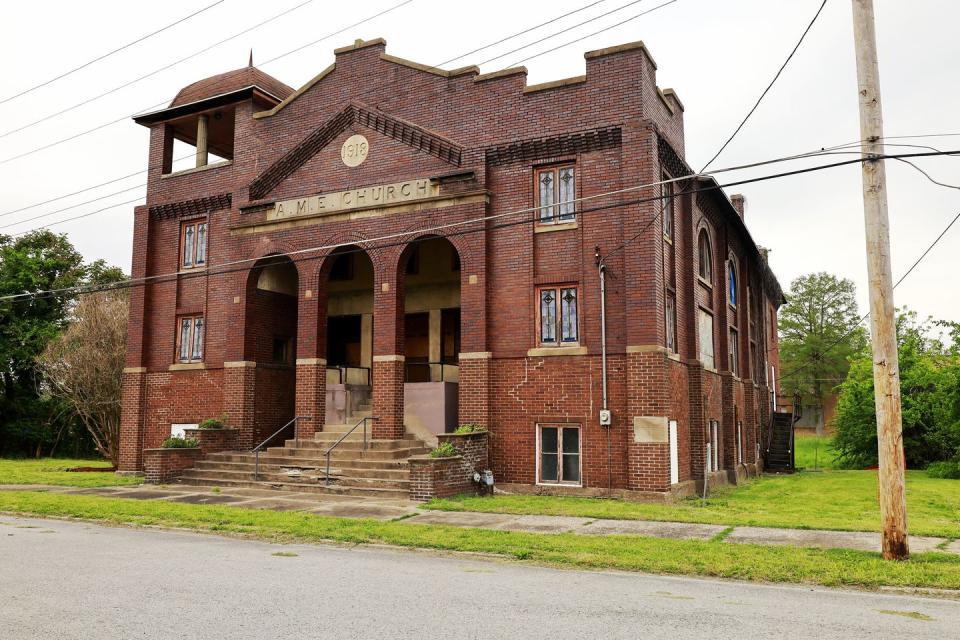
Ward Chapel AME Church certainly has staying power. Built in 1907, and then rebuilt in 1918 following a fire, the redbrick building has hosted notable social justice activists throughout its history, including John Lewis, who conducted nonviolent protest training in the basement, and Reverend Jesse Jackson, who held rallies to bolster community support for economic boycotts.
Funding will support the building’s adaptive reuse and structural sustainability.
The grants are intended to help congregations solve urgent and ongoing preservation threats like deferred maintenance, insufficient funding, demolition, water filtration, and mold contamination. Grantees include Atlanta-based Big Bethel African Methodist Episcopal Church, the birthplace of Morris Brown College—the first educational institution in Georgia to be owned and operated entirely by African Americans—which has suffered severe interior and exterior water damage; St. James AME Church, the oldest Black Protestant church in New Orleans that was a staging site for marches during the Civil Rights movement, which has been dealing with 18 years of water damage; and the Tabernacle Baptist Church in Selma, Alabama, a Classical Revival build that needs help with its deteriorating lead-coated copper dome roof, damaged by a January 2023 tornado.
“These places of worship, these sacred cultural centers, must exist for future generations to understand who we were as a people,” said Dr. Henry Louis Gates Jr., historian and adviser to the Action Fund in a press release. “They’re a living testament to the resilience of our ancestors in the face of unimaginably daunting challenges.”
You Might Also Like

